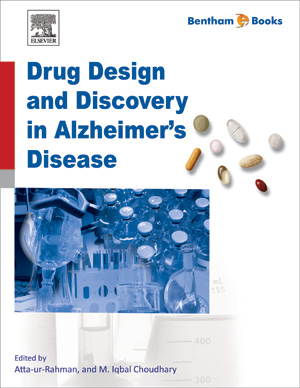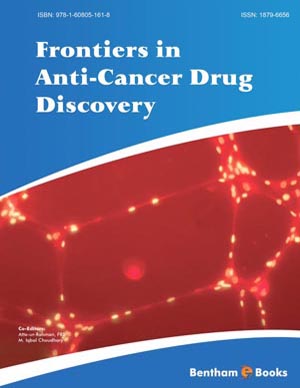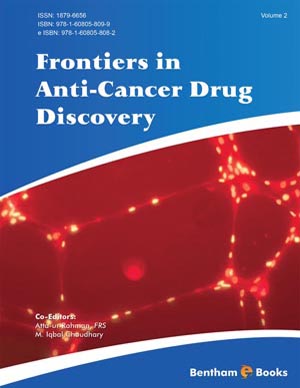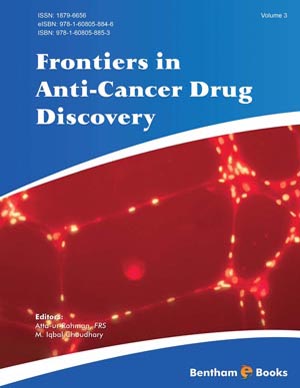Abstract
The thrifty genotype, exposed to modern and industrialized societies, characterized by food availability and reduced physical activity, recently culminated in an epidemic obesity of giant proportions. Even more alarming than the figures regarding adult obesity is the increasing rate of obese children that has augmented almost 3-fold within the last 3 decades.
Obesity is associated with significant adverse effects on health, including metabolic, endocrine, cardiovascular, gastrointestinal, respiratory, neurologic, psychiatric, hematologic, and skeletal complications, and development of some types of malignancies. Studies strongly suggest that vascular, histopathological and metabolic changes begin in childhood. The development of metabolic problems associated with obesity during childhood track into adulthood increases the risk for type 2 diabetes, dyslipidemia and early cardiovascular disease.
In this paper, firstly we examine the numerous links between neuroendocrine peptides and cytokines, which contribute to inflammation and oxidative stress (OS) in obesity. A number of cytokine, mediators of inflammation, are produced by adipose tissue. In obese patients, increase in IL-6, C reactive protein (CRP), TNF-alpha and decrease in adiponectin and IL-10, induce pro-inflammatory stage, resulting in insulin resistance and endothelial dysfunction. Decreasing the levels of chronic inflammation and OS in childhood may prevent subsequent metabolic derangement along with increased cardiovascular morbidity and mortality in adulthood. OS has been proposed to be a potential mechanism linking obesity and endothelial dysfunction. In fact, oxidative reactions are critical in all the events which lead to atherogenesis. OS plays an important role in the pathogenesis of vascular alterations by either triggering exacerbating the biochemical processes accompanying endothelial dysfunction.
The production of Radical Oxygen species (ROS) and Radical Nitrogen Species (RNS) can occur at the cellular level in response to metabolic overload caused by an overabundance of macronutrients. Excessive generation of ROS in adipose tissue occurs by several interrelated pathophysiologic mechanisms, including nutrient metabolic overload, mitochondrial dysfunction, and endothelial reticulum stress. ROS generation is maintained by an inflammatory response, sustaining a vicious cycle. Puberty alters some of the inflammatory markers associated with endothelial dysfunction (adipocytokine levels, OS and insulin sensitivity) in obese children.
However, other than to inflammation, OS can be related to hormonal derangement in a reciprocal way. Some hormones influence antioxidant levels, but OS also can modify synthesis, activity and metabolism of hormones. Therefore, in the second section we examine some hormonal patterns which are influenced by obesity and their role in the regulation of antioxidant systems. In conclusion it seems that oxidative stress is certainly related to systemic inflammation but also to hormonal derangement.
Aside from the excess energy intake, nutrients have a specific role in the development of inflammation via the regulation of adipokine gene expression and secretion. In this way, it is possible to choose “non-inflammatory” or “anti-inflammatory” foods to minimize postprandial OS and inflammation. Therefore, lifestyle modifications, consisting in a reduction of caloric intake, a diet focused on particular macronutrient or micronutrient intake, and the encouragement of a regular exercise program with a personalized format, type and duration may reduce the consequences of childhood obesity. In particular we review the role of natural antioxidant in diet, as well as the administration of pharmacological antioxidants. Whether this approach is effective in improving vascular function in the short-term, but also in adult life remains to be established.
Keywords: Antioxidants, Childhood, Metabolic syndrome, Obesity, Oxidative stress.






















